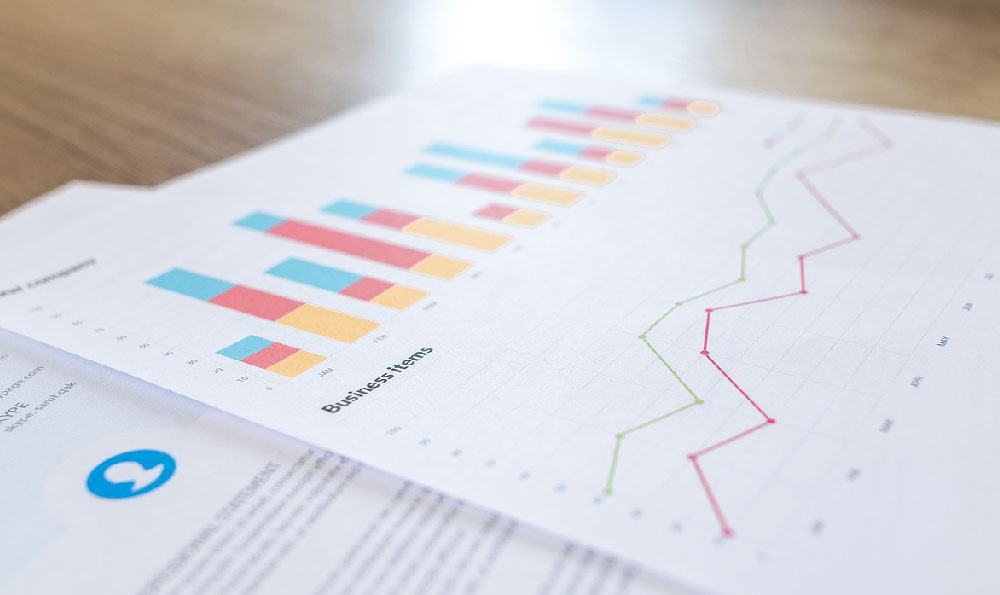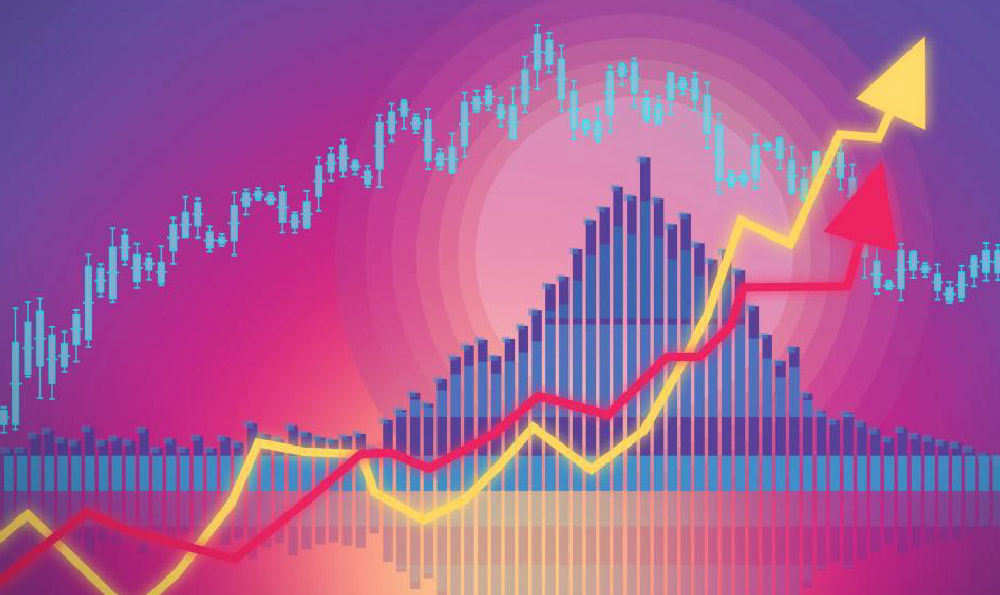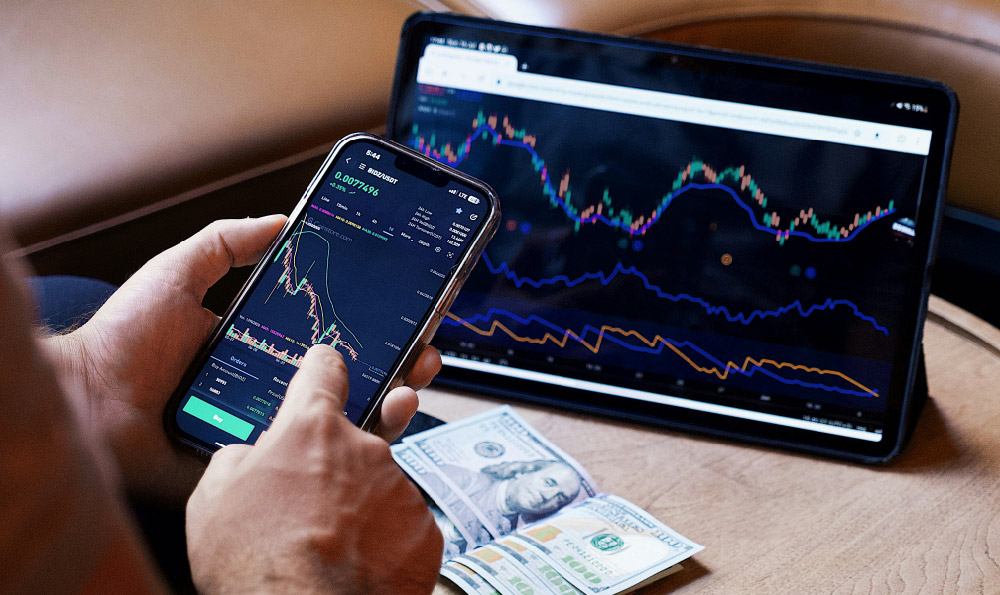
The allure of trading – the potential for rapid wealth accumulation, the intellectual challenge of deciphering market movements, and the perceived freedom from traditional employment – draws many individuals to its volatile embrace. However, understanding how traders actually generate profit, and whether or not it’s a viable path for the average person, requires a nuanced examination of various strategies, inherent risks, and the personal qualities necessary for success.
At its core, trading is about exploiting price discrepancies in financial markets. Traders profit by accurately predicting whether an asset's price will rise (going "long" or buying) or fall (going "short" or selling). This simple premise, however, is underpinned by a complex web of analytical tools, psychological discipline, and risk management strategies.
Several distinct approaches contribute to a trader's potential profitability. One common method is trend following. Trend followers identify assets that are exhibiting a consistent upward or downward trajectory and then ride that trend until it shows signs of reversing. They use technical indicators like moving averages and trendlines to confirm the existence and strength of a trend. While seemingly straightforward, trend following requires patience, the ability to withstand temporary drawdowns (losses), and a disciplined approach to cutting losses quickly when a trend falters. It's also important to acknowledge that trends don't last forever, and the market can shift unexpectedly, wiping out previous gains.

Another strategy involves mean reversion. This strategy capitalizes on the tendency of asset prices to revert to their historical average after periods of extreme volatility. Traders employing this method look for assets that have significantly deviated from their mean price and then bet that the price will eventually correct itself. Identifying truly oversold or overbought conditions requires careful analysis of fundamental factors, historical data, and market sentiment. A significant risk is that the perceived "mean" may have shifted, rendering the reversion strategy ineffective.
Arbitrage represents a relatively low-risk strategy that seeks to profit from price differences for the same asset in different markets. For example, if a stock is trading at a slightly higher price on one exchange compared to another, an arbitrageur can simultaneously buy the stock on the cheaper exchange and sell it on the more expensive one, pocketing the difference. While the profit margins are typically small, arbitrage can generate substantial returns with sufficient capital and trading volume. This strategy often relies on sophisticated algorithms and high-speed trading platforms to execute trades rapidly and capitalize on fleeting price discrepancies. The window of opportunity for arbitrage can be incredibly short, making it difficult for individual traders to compete with institutional investors.
Day trading is a high-frequency strategy that involves opening and closing positions within the same trading day, aiming to profit from small price movements. Day traders rely heavily on technical analysis, chart patterns, and real-time market data to identify short-term trading opportunities. This approach is highly demanding, requiring intense focus, quick decision-making, and the ability to manage risk effectively. Day trading is notoriously difficult to master, and a significant percentage of day traders lose money. The high leverage often employed in day trading amplifies both potential gains and losses.
Swing trading is a medium-term strategy that involves holding positions for a few days or weeks, aiming to capture larger price swings than those targeted by day traders. Swing traders use a combination of technical and fundamental analysis to identify potential trading opportunities. They typically focus on assets that are experiencing short-term momentum or are poised for a breakout or breakdown. Swing trading requires patience and the ability to withstand overnight market fluctuations.
Beyond specific strategies, several critical factors contribute to a trader's success. Risk management is paramount. Traders must define their risk tolerance, set stop-loss orders to limit potential losses, and diversify their portfolio to reduce overall risk exposure. A cardinal rule is to never risk more than a small percentage of capital on any single trade.
Discipline and emotional control are equally crucial. Trading involves a rollercoaster of emotions, from euphoria after a successful trade to anxiety and fear after a losing one. Successful traders are able to detach themselves from their emotions and make rational decisions based on their trading plan. Impulsive trading driven by fear or greed is a recipe for disaster.
Continuous learning and adaptation are essential in the ever-evolving world of financial markets. Traders must stay abreast of market trends, economic news, and regulatory changes. They must also be willing to adapt their strategies as market conditions change. Backtesting trading strategies using historical data can help traders evaluate their effectiveness and identify potential weaknesses.
So, is trading a viable path for the average person? The answer is a qualified "maybe." While the potential for financial reward is undeniable, the vast majority of individuals who attempt to trade lose money. Success in trading requires a significant investment of time, effort, and capital. It demands a deep understanding of financial markets, a disciplined approach to risk management, and the ability to control one's emotions.
Before embarking on a trading career, individuals should carefully consider their financial situation, risk tolerance, and personality. They should start with a small amount of capital and gradually increase their position size as they gain experience and confidence. It is advisable to seek guidance from experienced traders or financial mentors.
Trading is not a get-rich-quick scheme. It is a challenging and demanding profession that requires dedication, discipline, and continuous learning. For those who are willing to put in the necessary effort, trading can be a rewarding and fulfilling career path. However, it is essential to approach trading with a realistic understanding of the risks involved and a commitment to developing the skills and strategies necessary for success. Ultimately, the decision of whether or not to pursue trading should be based on a careful assessment of one's own abilities, resources, and goals. If you are risk-averse or easily swayed by emotions, then trading may not be suitable for you. Consider investing in well-diversified, low-cost index funds instead.





